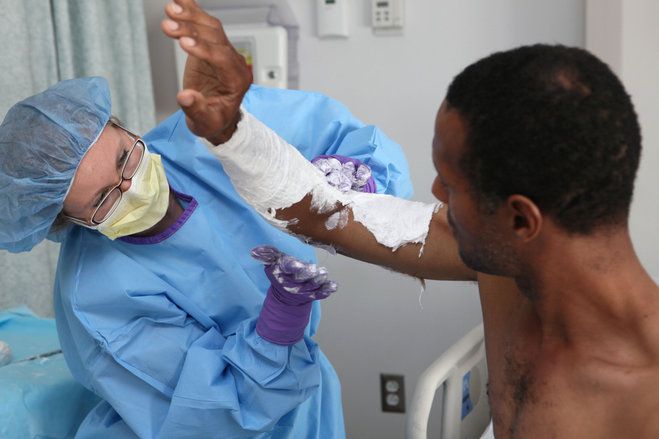? Superficial or first-degree burns ?
The outer layer or epidermis is damaged. These can range from sunburns to hot water burns. They are generally a result of quick exposure and just leave the skin red. While they are painful, there shouldn’t be any blistering and usually heals satisfactorily with little to no scarring.
Stay safe with Burnshield nearby for immediate pain relief as it Cools The Burn. The high water content in the gel promotes rapid cooling resulting in minimising skin damage.
Key Features:
- Cools the burn
- Sterile
- Minimises burn damage
- Non-toxic
- Non-irritant
- Safe to use on Children
This burn is worse than a superficial burn as the first layer of the dermis is involved. This includes blood capillaries, nerve endings, and sweat glands. They can be caused by longer exposure to hot/boiling water or hot oil, the sun, etc. There will be blisters and swelling, and the skin will be mottled and very painful.
For the emergency care of burns and scalds. #Burnshield is a sterile hydrogel product that provides essential physical protection against burns.
? Full-thickness or third-degree burns ?
Here the skin is burnt right through to the subcutaneous layers destroying fat layers, nerve endings, and hair follicles. The burn site will appear white, yellow, or charred. Skin looks dry and leathery. These burns generally need plastic surgery and will heal with large scars.
The comprehensive #Burnshield range includes:
- Dressings – Open Cell Flexible Foam
- Hydrogels– in a variety of sized bottles and tubes
- Contour Body Dressings – Cotton Based
- Blankets – Wool Based
- Burn Kits – Consumer and Retail | Professional & Military
Also View:
Burnshield and the Treatment of Burns
Safety Advice to Prevent Electrical Burns and Burn Injuries
